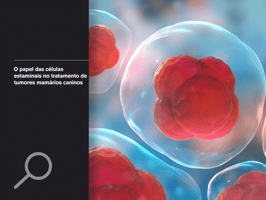Pangolins were included in the Appendix I of CITES in 2016 and, since then, global awareness of the importance of conserving these unusual mammals has increased. They are the most trafficked animals in the world, commonly poached in Africa and Asia. Projects are now running in these regions to rescue live animals and release them back to the wild.
In Vietnam, the large number of animals rescued is explained by high demand for pangolin products and by the strength of the illegal trade. In central Africa,Temmick’s pangolin is endangered because of poaching, trafficking, electrocution on electric fences and collisions with cars.
When caught, some pangolins display inappetence and diarrhea as they are often force-fed a mixture of cornmeal and water to increase their financial value by increasing their weight. This means that that they can be malnourished when recovered so caution is needed to avoid re-feeding syndrome. Wherever they are rescued, the priority is always to stabilize them.
Releasing pangolins back to the wild is not always possible. Each individual has its own characteristics but they must be placed in comfortable enclosures with food and water was a first step. Handling by humans and contact can be stressful so, ideally, they are left alone to de-stress.
An exhaustive physical exam must be carried out on each individual and, as diagnostic tools are limited, prophylactic gastroprotectants and dewormers are often administered. Blood tests are also important as signs of poor clotting factors are commonly found.
When pangolins are ready to be released, different approaches are used to monitor them. In South Africa they are tagged and monitored using telemetry equipment. In Vietnam, where protected habitat is limited, they are usually microchipped.
Poached pangolins are regularly rescued and, in many cases, have been successfully rehabilitated and released back into the wild. Conservation efforts can always improve, however, and a good relationship between government, rescue centers and veterinary hospitals is essential.
Wright N. and Jimerson J. The rescue, rehabilitation and release of pangolins. © 2020 Elsevier Inc. All rights reserved. DOI: https://doi.org/10.1016/B978-0-12-815507-3.00030-7

